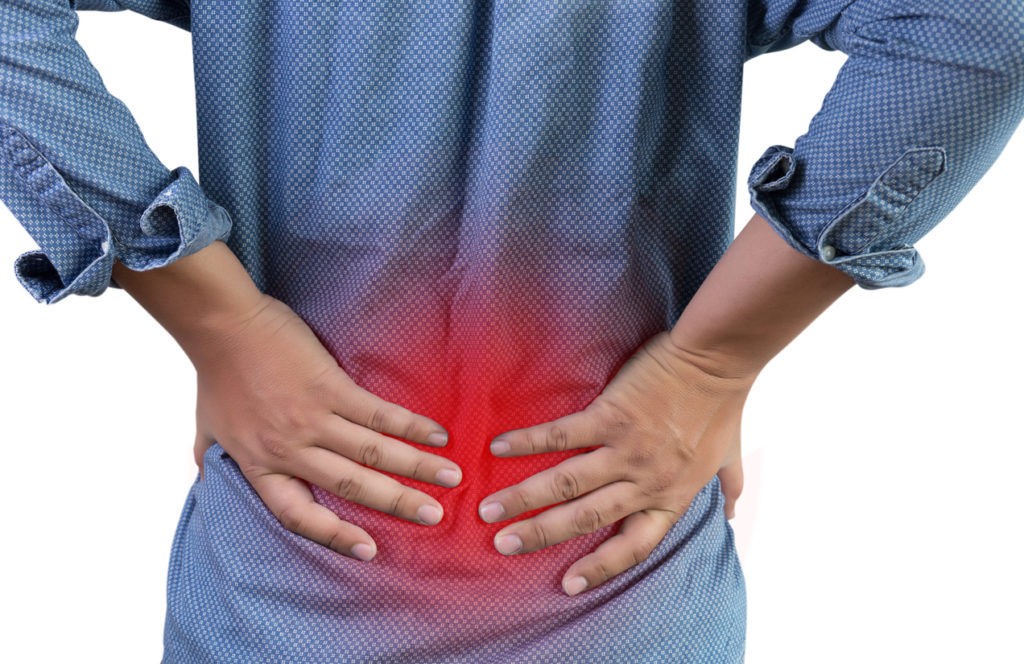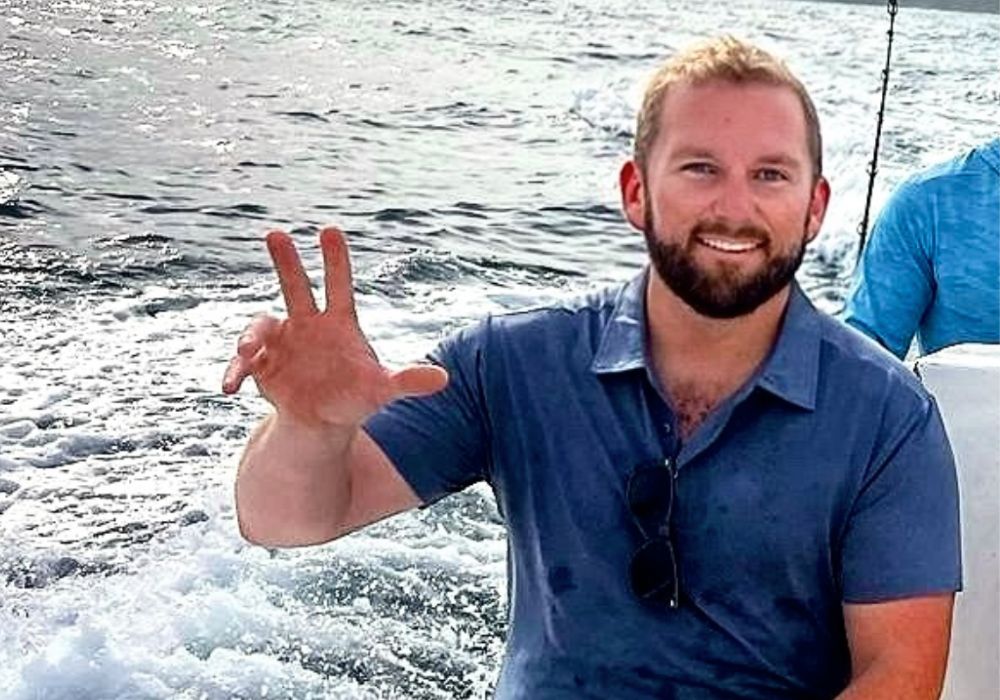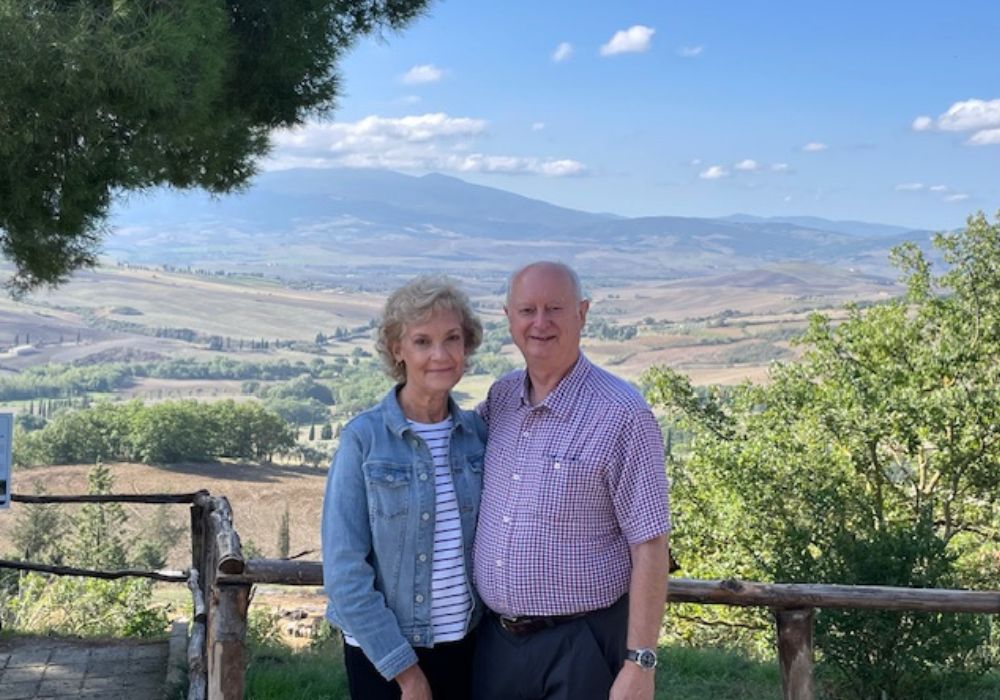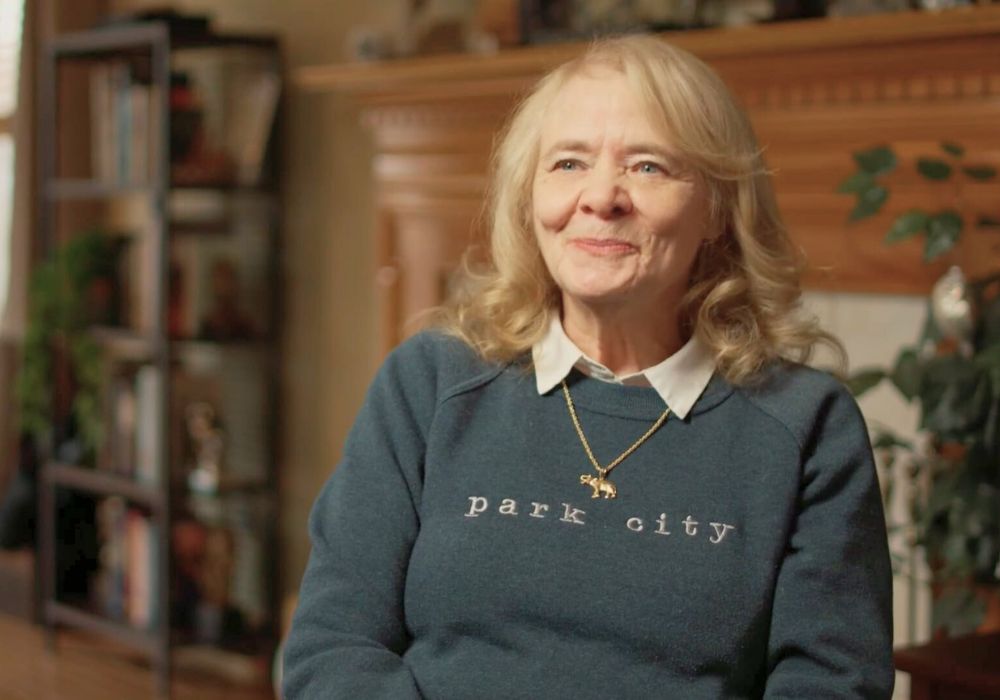THIS POST IS PART OF THE ULTIMATE GUIDE TO BACK PAIN RELIEF
Spondylolysis is a common cause of lower back pain and occurs when there is a crack or stress fracture in one of the vertebrae in the spinal column.
Anatomy
The spine is made up of 24 bones, called vertebrae, which are stacked on top of one another. These bones connect to protect the spinal cord. The seven small vertebrae that begin at the base of the skull and form the neck comprise the cervical spine.
Your spinal cord and nerves travel through the spinal canal carrying messages between your brain and muscles. The intervertebral discs between your vertebrae are flexible, flat and round discs and are about a half-inch thick. They act as shock absorbers when you walk or run and allow motion between the vertebrae.
In spondylolysis, a crack or stress fracture develops through the small, thin portion of the vertebra that connects the upper and lower facet joints of the spine, which is the weakest portion of the vertebra. The fracture commonly occurs in the fifth vertebra of the lower spine. Fractures can occur on one side or both sides of the bone.
What causes spondylolysis?
It can occur in people of all ages but most often occurs in children and adolescents who participate in sports that involve repeated stress on the lower back such as football, weightlifting and gymnastics.
In some cases, the stress fracture weakens the bone and causes the vertebra to shift or slip out of place. This causes spondylolisthesis.
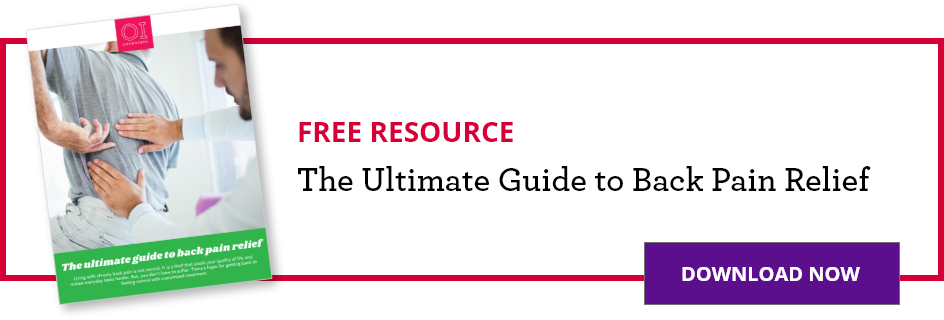
What are the symptoms of spondylolysis?
- Lower back pain
- Pain similar to a muscle strain
- Pain radiating to the back of the thighs and buttocks
- Pain that worsens with activity and improves with rest
Physician examination
To diagnose your back pain, your physician will ask you for a complete medical history and conduct a physical examination. An X-ray, CT scan or MRI is necessary to rule out other issues.
Make an appointment with an OrthoIndy spine surgeon
Spondylolysis treatment
Spondylolysis treatment is always nonsurgical unless spondylolisthesis has developed. Nonsurgical treatment options will reduce pain, allow the fracture to heal and let the patient return to daily activities. Nonsurgical treatment options include:
- Rest
- Nonsteroidal anti-inflammatory drugs such as ibuprofen to reduce swelling and pain
- Physical therapy
- Bracing to limit movement
Can spondylolysis be prevented?
To help prevent future injury your physician may recommend specific exercises and stretches to strengthen the back. Additionally, regular check-ups may be necessary to ensure spondylolisthesis does not develop.
Learn more about treatment options for neck and back pain at OrthoIndy.
Schedule an appointment
Your well-being is important to us. Click the button below or call us to schedule an appointment with one of our orthopedic specialists. If your injury or condition is recent, you can walk right into one of our OrthoIndy Urgent Care locations for immediate care. For rehabilitation and physical therapy, no referral is needed to see one of our physical therapists.

Get the Ultimate Guide to Back Pain Relief
Our comprehensive guide will help you understand back pain and its different causes, like sciatica, herniated disk, scoliosis, pinched nerves and more.


